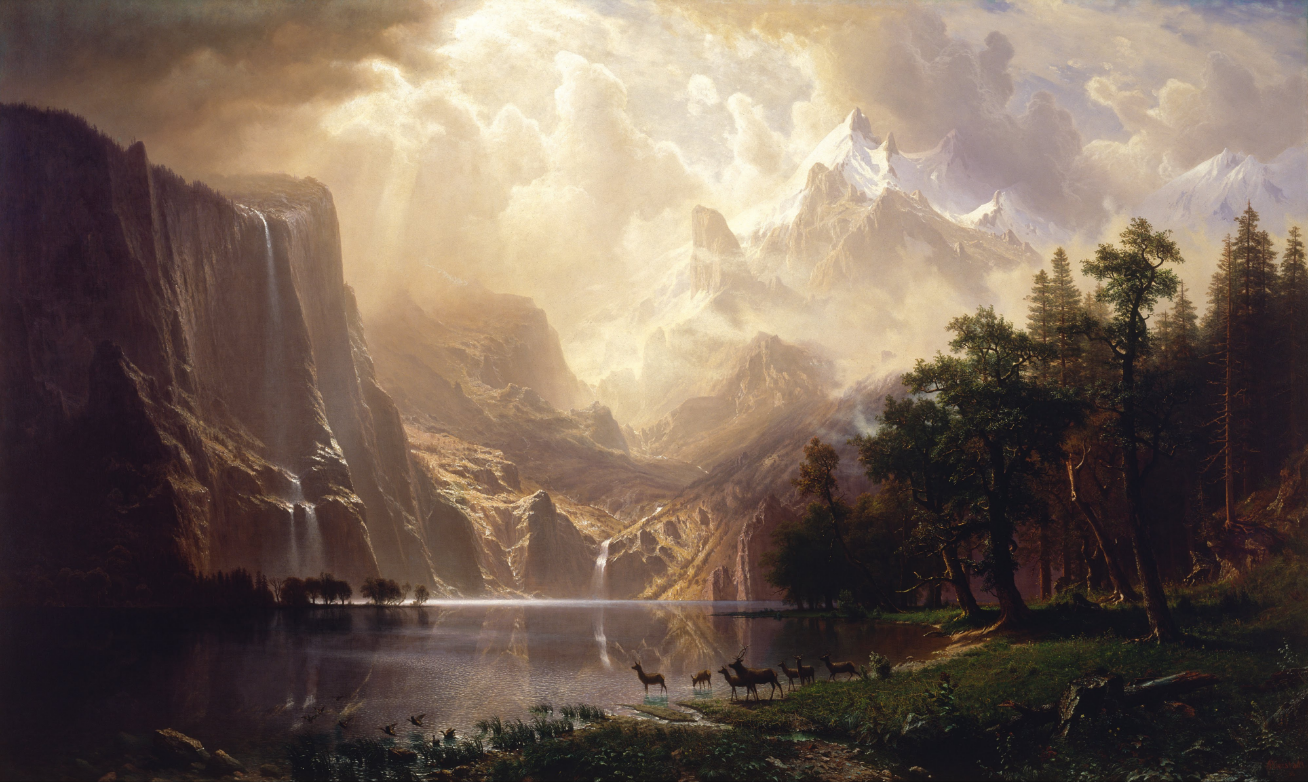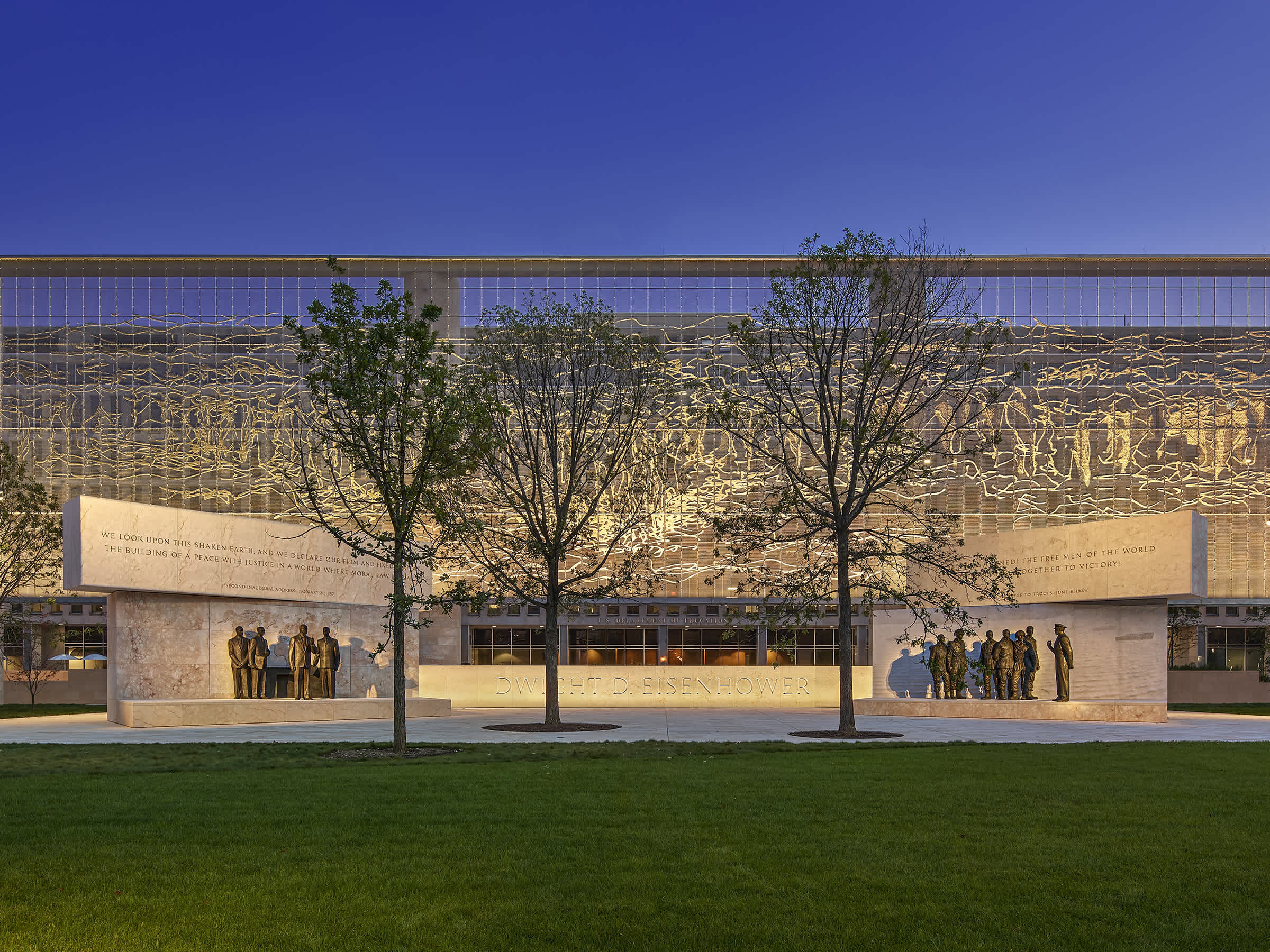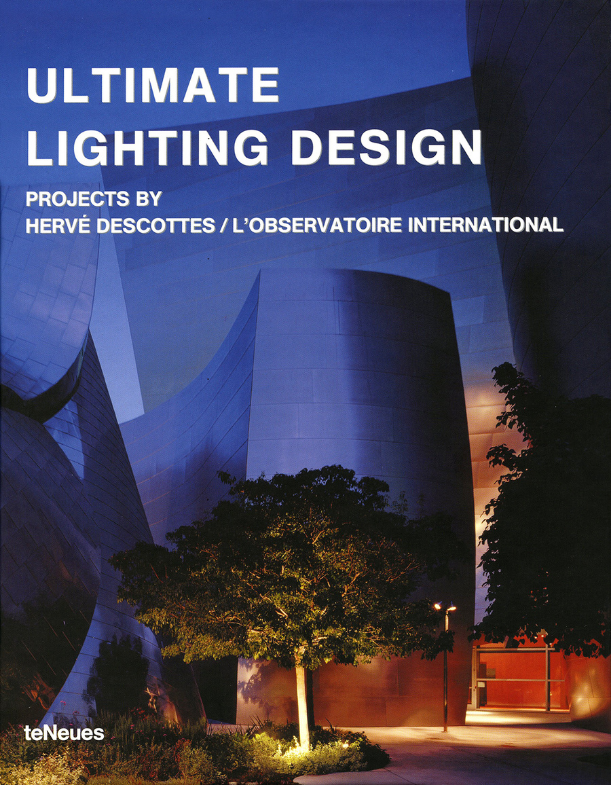L’Observatoire International is a global lighting design firm founded in 1993 by Hervé Descottes. As architectural lighting designers, our role is to utilize light as a medium through which architectural intentions can be heightened and experiential spaces transformed.

The High Line

National Museum of Qatar

Dr Chau Chak Wing Building
Who We Are
With light as our tool, we reveal the aesthetic qualities of a space and accentuate the experience of an environment, creating a bespoke ambiance. We have a unique knowledge of how to combine light with architecture to create an unparalleled immersive atmosphere.
Emphasizing collaboration, L’Observatoire International provides lighting design and art direction to a range of spatial expressions comprising art and cultural institutions, museums, performing arts centers, educational centers, libraries, large-scale public spaces, parks, outdoor environments, private residencies, luxury commercial properties, master plans, supertalls, hotels, and restaurants.
L’Observatoire International has collaborated with architects and designers of world renown including Frank Gehry, Steven Holl, Jean Nouvel, KPF, SHoP Architects, Diller Scofidio + Renfro, James Corner, Bjarke Ingels, Richard Meier, Peter Marino, Shigeru Ban, Agence Dubuisson, Selldorf Architects, Gachot Studios, Roman and Williams, Agence Jouin Manku, Thomas Heatherwick, Thomas Juul-Hansen, Olin Partnership, Field Operations, Sylvain Dubuisson, PAU, Studio Sofield, and James Turrell, among others.
Selected projects include the Museum of Fine Arts, Houston, the Dwight D. Eisenhower Memorial in Washington, DC, the Fondation Louis Vuitton in Paris, the National Museum of Qatar, the High Line in New York, the REACH at the Kennedy Center in Washington, DC, Pier 17 in New York, the Metropolitan Museum of Art in New York, Alice Tully Hall and Juilliard School in New York, la Philharmonie de Paris, the Walt Disney Concert Hall in Los Angeles, Kiasma Museum in Helsinki, La Cité de l’Ocean et du Surf in Biarritz, Newtown Creek Wastewater Treatment Plant in Brooklyn, Columbus Circle in New York, the Mercer Hotel in New York, Theory Headquarters in New York, Jean-Georges in New York, the Grill at the Seagram Building in New York, the Boom Boom Room at the Standard Hotel in New York.

Among the Sierra Nevada, Albert Bierstadt, California 1868
Our Philosophy
Light is revealed to the human eye through interactions with surfaces and objects, while these elements only visually exist in the presence of light.
A visual understanding of the world is defined through both material and light, two seemingly opposite phenomena inextricably linked to one another. Light is revealed to the human eye through interactions with surfaces and objects, while these elements only visually exist in the presence of light. This interdependence between form and intangible atmospheres defines our interpretation of the environments we inhabit.
On a practical level, light ensures visibility and can establish spatial hierarchies and sequences within a space. It can also define places of movement and pause. Beyond this functional application, light also renders our world in an endless array of visual permutations, revealing colors, textures, distances, or the passing of time. It is in this capacity that light transforms into a tool for triggering emotional reactions and defining our experience with or memory of a place.
Our goal as lighting designers is to harmonize the role natural and artificial lighting play in revealing the drama and nuance of the built environment. This awareness emerges in the way our design team consciously plays with the relationship of light and shadow, resulting in spaces that are made both more active and accessible through the use of light.

Dwight D. Eisenhower Memorial

Audrey Irmas Pavilion
Our Design Approach
From conception through completion, L’Observatoire International remains consistently engaged in the design process.
Our intervention begins during the Schematic Design phase, in which we first provide an analysis of the project’s requirements, criteria, and constraints. In collaboration with the client, L’Observatoire International’s team of lighting designers and architects then develops an initial concept that is expanded upon in a comprehensive package submitted in Design Development. During the Construction Documents phase, the design team packages final detail drawings and specifications for submission.
We continue to engage with the project throughout the construction process, including financial, design, and technical review. At the project’s completion, L’Observatoire International’s team returns for final focusing and to furnish the client with the necessary information for ongoing maintenance and control.
Throughout the duration of any project, our design team continuously searches for new technologies that are both economically and energy-conscious. We then employ the latest innovations in technology to create efficient solutions for our clients, bringing environmental conservation to the forefront of our design practice.
Awards
Our most recent awards
Best of Year Interior Design | Shining Moment Honoree Award
Hermès’s Collections at Milan Design Week 2025
2025
Best of Year Interior Design | Bar/Social Club Honoree Award
Clemente Bar
2025
Best of Year Interior Design | Large Retail Winner
Printemps NYC
2025
AN's Best of Design Awards Honorable Mention
Transamerica Pyramid Center
2025
See All
Books

Princeton Architectural Press, 2010
This publication provides both a critical approach and conceptual framework for understanding architectural lighting design. As such, it is necessary to underscore two vital issues specific to the methodologies of this book. The first concerns disciplinary practices: lighting design is a field relevant to many disciplines, including but not limited to stage design, light art, and electrical engineering.
Second, it must be noted that this publication provides a particular approach to the profession that has been garnered through the author’s personal experiences in the field and through his relationship with architects and collaborators. With respect to this focus, the methods of lighting design examined here are not to be considered exhaustive.
Together, the analytical deconstruction of the visual principles of light explained both through imagery and words and the imaginative insight of collaborators who have garnered the power of light to render actual built environments provide new theoretical insight into the field of architectural lighting design.

Teneues, 2005
This edition illustrates the dynamic architectural lighting projects of New York–based designer Hervé Descottes / L’Observatoire International. A unique monographic work, Ultimate Lighting Design reveals Descottes’s collaborations with internationally renowned architects, artists, and designers.